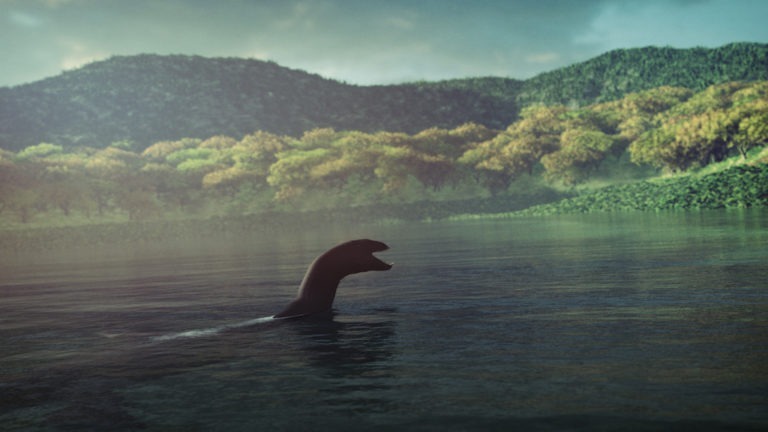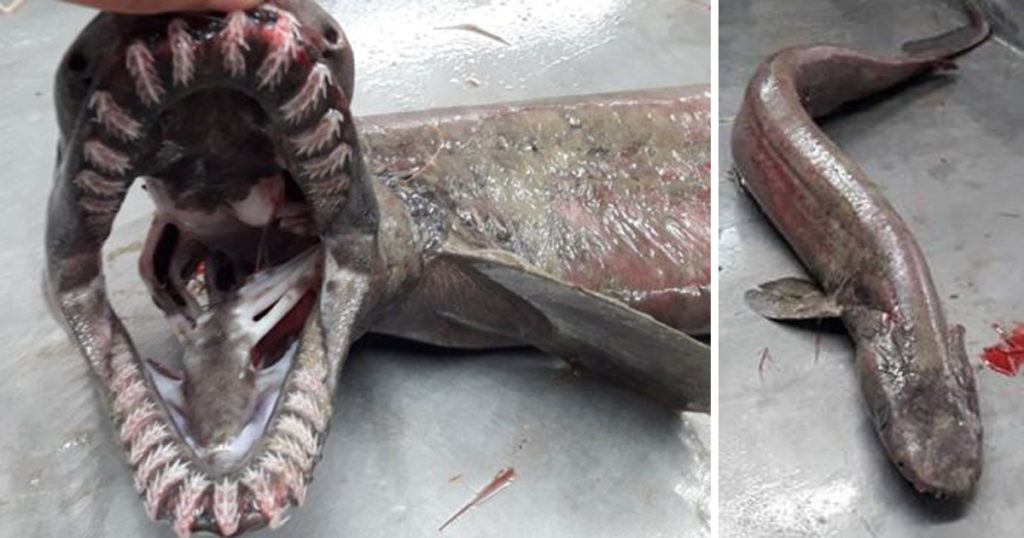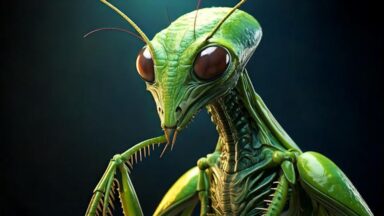Missing 411

Special thanks to Jim Malliard, paranormal researcher and radio host for his views and contributions to this article.
Since 1752, thousands of visitors to National Parks and Forests in the Western U.S. and Canada have disappeared. Sometimes they return, and sometimes they don’t. What makes these disappearances strange is the fact that once they happen, mum’s the word. Beyond the standard 7-10 day investigation window and period of grief for those affected by the disappearances, no one talks about it.
Strange weather patterns erupt after someone goes missing as if the earth is covering up the trail. K9s can’t even pick up a scent with their highly trained noses. Park rangers and service staff are reluctant to speak up. Is it part of their code of conduct, or are they too afraid to say what they’re really thinking?
Who Is Disappearing?
Those who vanish without a trace tend to be highly intellectual types, while others have been children. Take for example Alois Krost, a 62-year-old German physics professor, a highly skilled mountaineer who vanished in Lake Arrowhead. Then there’s Jaryd Leto, a tiny 3-year-old who went missing from a trail in Northern Colorado. His shoes later turned up – laces tied and all. But Jaryd didn’t know how to tie his shoes when he went missing. Based on some theories, those who want these people maybe tapping their brains for information.
Disappearance Theories
So what’s happening in the woods? Are there strange beings lurking in caves waiting to snatch explorers? Alternate portals of reality in plain sight, just waiting for people to pass through?
David Paulides, the author of the series Missing 411, is determined to find answers to these unsolved disappearances.
He recently appeared on Beyond Belief with George Noory, an original program available exclusively on Gaiam TV, where he presented firsthand accounts of the investigative journalism he’s been working on to determine the source of these vanishings.
Noory probes Paulides for possible answers to these vanishings by keeping an open mind about who, or what could be taking these citizens out of mainstream society. He throws out ideas like U.S soldiers conducting secret studies, reptilians, ultraterrestrials, alien connections, European folklore and myths like fairies and little people, gods who are fulfilling their destiny, and even Bigfoot.
So many speculations, but no answers.
Searching for Answers
And the more Paulides digs into the data, the stranger it gets.
Those abducted appear to be either first or last in line when traipsing through the parks and forests. The vanishings are unusual – they don’t fit the norm. No scent trail, no footprints, no evidence of animal attacks. Those who are found alive appear to have some type of disability; they could exhibit signs of dementia or muteness, making it harder for them to share their story of disappearing, yet also giving them a better chance of making it through and back to civilization.
Professional trackers are hired to survey the land where people have gone missing. These include Navajo Indians who are native to the land and know it well, military-trained personnel, K9s, and other experts who are trained to find what others might miss.
Keep an open mind as you watch Missing 411 on Beyond Belief with George Noory. There may be more than one answer to these mysterious vanishings. And Gaiam TV is willing to ask the tough questions.
Updated 9/1/20 by Gaia Staff
Cryptids Proven to be Real Give Us Hope For These 5 Others

Cryptozoology is derided for pseudoscience and fantastic claims, but when you consider some of the legends that have turned out to be real animals, it lends credibility to other potentially real cryptid creatures. And while the actual beasts are often more believable than the embellished monsters of lore, occasionally they can be pretty bizarre – whether a remnant of the Cretaceous period, a curious hybrid, or an inter-dimensional entity, some of these clandestine faunae are truly plausible.
That’s why we’ve compiled a shortlist of animals once-considered cryptids, that have now been proven real, using their stories as hope to strengthen our faith that the cryptid monsters we know and love may someday prove their existence to us.
But haven’t we discovered nearly every species of animal on Earth, you might ask? Far from it. In 2016 alone, scientists discovered roughly 18,000 new animal species. That’s not to mention that 80 percent of the world’s oceans are entirely unmapped, unobserved and unexplored, according to the National Oceanic and Atmospheric Administration (NOAA). So, who knows how many more could be down there.
Read through the first list of creatures proven to be real, then read the second list and determine whether there is enough evidence for the yet-to-be-proven-cryptids to have a basis in reality. We’ve provided cryptid pictures to help you along the way.
Cryptid Monsters Proven Real
Cryptid monsters are known to terrorize and typically reported by a significant portion of a population, or at least a large enough group to confirm that it is indeed an anomalous creature. In earlier years, these animals were brutes fought by hunters and fishermen on outings and were exaggerated to prove their machismo upon returning home. But eventually, these tales became backed by hard evidence, and today we know them well.
-
The Giant Squid
19th-century Scandinavian whalers spoke of the Kraken; an enormous squid whose appendages were found in the bellies of whales and said to be as thick as a ship mast. Fishermen continued to report attacks by these tentacled monstrosities, to the disbelief of landlubbers back home. But eventually, they returned with specimens or found their carcasses washed ashore.
In 1853, a large squid with a horny beak and large throat washed aground in Denmark, baffling local scientists. Johan Japetus Steenstrup, a professor of zoology from the University of Copenhagen, identified the creature as a giant squid.
Today, the giant squid is a scientifically accepted animal, reaching lengths up to 40 feet long. Their enormity is attributed to something called deep-sea gigantism; a tendency for deep-sea invertebrates to be larger than their shallow-water relatives. But the giant squid isn’t even the biggest mollusk of its kind, that title is reserved for the colossal squid, which reaches up to 46 feet in length.

Image: Luis Laria, CEPESMA
-
The Platypus
The platypus is a rather bizarre-looking creature and if you attempted to explain it to someone before its discovery, they’d almost certainly believe you were mad. So, it’s an egg-laying mammal with the bill of a duck, the tail of a beaver, the webbed-feet of an otter, and the venom of a snake? Sure.
But now the platypus is a well-known creature, lending credence to the possibility of other cryptids that seem to be an amalgam of disparate species. When it was first presented to British zoologist George Shaw, he attempted to rip off its beak, believing it had been glued on. Eventually, he took scissors to the deceased animal, before he realized it was genuine. That particular specimen can be found to this day in a British museum.

-
The Frilled Shark
Sea serpents have stoked the fears of sea-farers for centuries, tormenting sailors and swallowing ships whole. From Texas to Norway, reports of sea serpents sprang up in local and national publications during the 19th-century, depicted as gargantuan snakes devouring unwitting mariners while they innocently roamed the sea.
Today, the frilled shark could be considered the closest animal to these horrific serpent tales, appearing much like those descriptions written in antiquity, though comparatively smaller. The frilled shark was discovered in the late 1800s by German ichthyologist Ludwig H.P. Döderlein, and later described by Samuel Garman as, “such an animal as that described is very likely to unsettle disbelief in what is popularly called the ‘sea serpent.’”
So, it’s a shark, but a frightening one at that, with 25 clusters of 300 sharp, serrated teeth, the Chlamydoselachus africana is one of those relics from the days when dinosaurs ruled the Earth. It’s also one of those deep-sea dwellers, which is part of the reason they are so rarely seen.

Images: IMPA/MINOUW Project





































